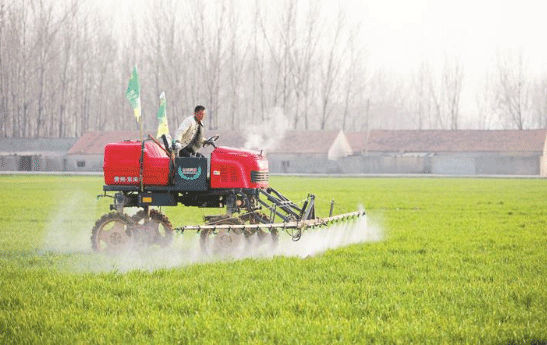In Duji District’s Nanshan Village, farmers are actively engaged in spring management of winter wheat across high-standard farmlands. This period is crucial for wheat development, and local agricultural authorities are emphasizing several key strategies to bolster grain production capabilities:
- Implementation of Beneficial Policies: By strictly enforcing policies that support farmers, Duji District ensures that agricultural practices are both sustainable and profitable, providing a stable foundation for wheat cultivation.
- Enhancement of Arable Land Quality: Continuous efforts to improve soil fertility and structure are underway, aiming to boost crop yields and maintain soil health over the long term.
- Reclamation of Abandoned Lands: Addressing the issue of idle lands, the district is actively restoring these areas for productive use, thereby increasing the total area available for wheat cultivation.
- Stabilization of Wheat Cultivation Areas: Maintaining consistent wheat planting areas is a priority, ensuring that production levels meet the demands of the population.
These measures collectively contribute to increased grain production capacity, aiding in both yield and income growth for local farmers.
In a broader context, regions across China are adopting smart agricultural technologies to enhance spring farming practices. For instance, in Huaxian’s Wangu Town, large-scale plant protection drones and self-propelled sprayers are efficiently conducting fertilization and pest control operations. The promotion of “drip irrigation combined with water-fertilizer integration” technology delivers water and nutrients directly to the root zones of wheat seedlings, resulting in water and fertilizer savings exceeding 30% compared to traditional methods.
Duji District’s commitment to integrating advanced agricultural practices and technologies is paving the way for enhanced wheat production. By focusing on policy implementation, land quality improvement, and the adoption of smart farming techniques, the district is setting a benchmark for sustainable agricultural development.
Error




